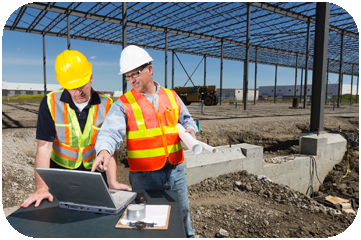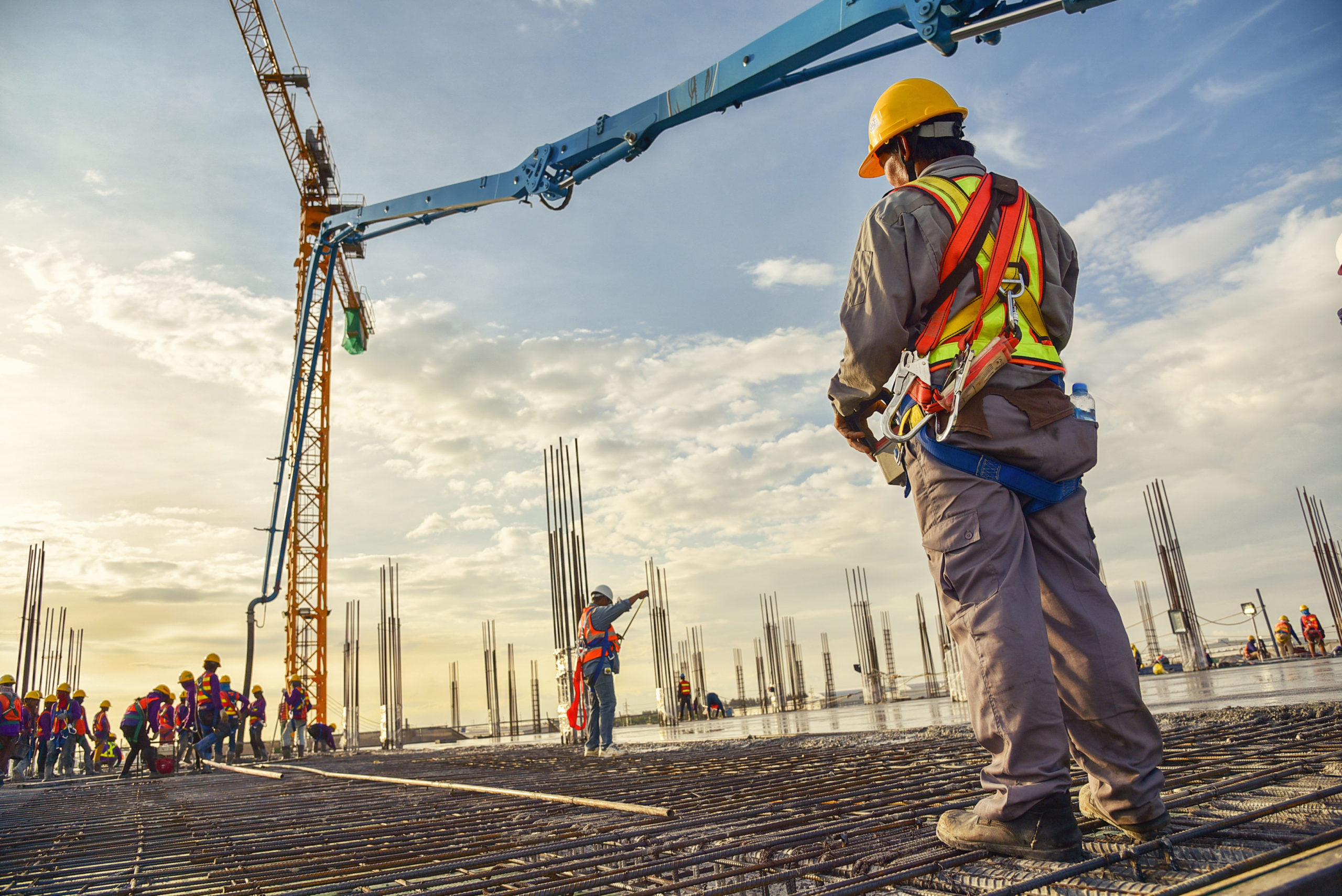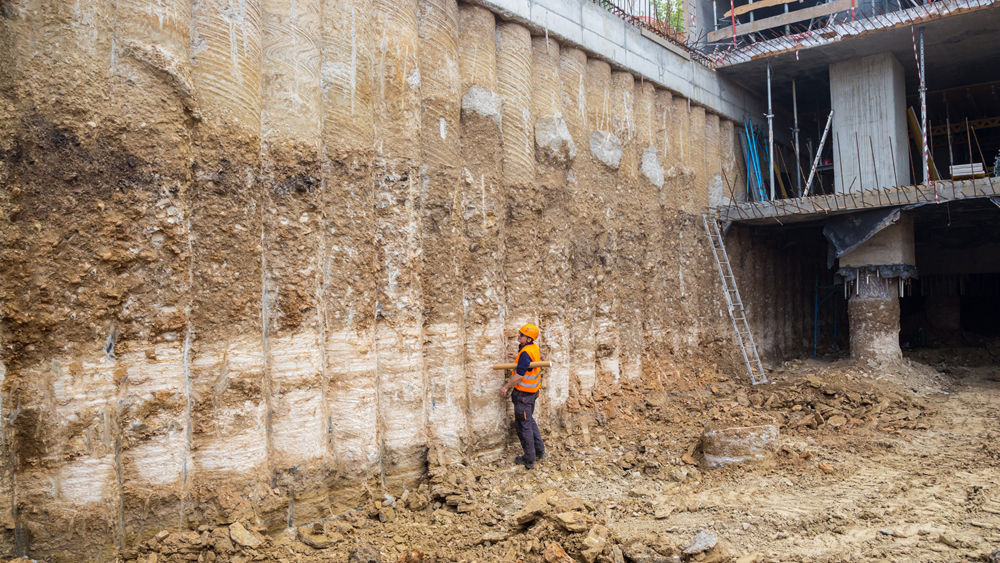Consulting Civil Engineering Companies Providing Geotechnical Solutions
Consulting Civil Engineering Companies Providing Geotechnical Solutions
Blog Article
How Consulting Engineers Enhance Geotechnical Design Projects: Insights Into Their Experience, Methods, and Collaborative Approaches
Consulting designers are pivotal in boosting geotechnical engineering tasks, using their specialized knowledge to browse the intricacies of subsurface problems. Their methods encompass a series of site examination methods, consisting of Standard Infiltration Tests (SPT) and Cone Penetration Examinations (CPT), which inform essential choices throughout the design and construction phases. Furthermore, their joint methods foster communication among varied project stakeholders, eventually shaping the job's trajectory. As we examine the multifaceted duties these experts play, it comes to be clear that their payments extend past technical proficiency, motivating a closer check out the implications for task success.
Role of Consulting Engineers
The competence of getting in touch with engineers in geotechnical design is basic to the effective implementation of building and construction tasks. These experts play a crucial role in evaluating soil and rock residential or commercial properties, which are important factors influencing style and building choices. By carrying out detailed website investigations, consulting engineers accumulate vital information that notifies the design procedure, making sure jobs are improved steady and appropriate ground.
Consulting engineers likewise provide very useful understandings right into danger monitoring (geotechnical geologist). They recognize potential geotechnical hazards, such as landslides, soil liquefaction, and negotiation concerns, allowing stakeholders to implement reliable reduction techniques. Their competence help in maximizing foundation layouts, which can cause substantial price financial savings and improved safety
In addition, consulting designers work as an important link in between job owners, architects, and service providers. Their ability to equate complex geotechnical information into workable recommendations cultivates collaboration and helps with notified decision-making throughout the task lifecycle. This multidisciplinary method not only improves job efficiency however also guarantees conformity with regulative criteria and finest techniques.
Secret Methods in Geotechnical Design

One primary methodology is website examination, which entails conducting field tests and lab evaluations to collect information on subsurface problems. Methods such as Criterion Infiltration Screening (SPT) and Cone Infiltration Screening (CPT) are extensively used to evaluate soil stratigraphy and strength. Additionally, geophysical methods, including seismic and electrical resistivity studies, provide non-invasive methods to assess subsurface characteristics.
One more vital method is numerical modeling, which allows engineers to simulate various circumstances and anticipate just how soil-structure communications will behave under different loading problems. Finite Aspect Analysis (FEA) is a common approach used in this context.
In addition, the style of foundations, retaining structures, and earthworks counts greatly on these methods - geotechnical geologist. By integrating advanced logical tools with field information, getting in touch with designers can establish tailored remedies that attend to details job obstacles, inevitably adding to the stability and safety and security of building and construction projects
Importance of Dirt Analysis
Dirt analysis functions as a foundational element in geotechnical design, offering necessary understandings right into the physical and chemical residential properties of dirt necessary for efficient building planning. Recognizing soil features is important for establishing its load-bearing capacity, drain actions, and potential for negotiation or instability. Detailed soil examinations, consisting of sampling and lab testing, aid identify specifications such as dirt kind, moisture material, thickness, and shear stamina.
These evaluations notify the selection of suitable building methods and products, eventually influencing project security and long life. As an example, cohesive soils may need various structure layouts contrasted to granular dirts, necessitating customized look here engineering services. Furthermore, soil evaluation help in identifying contaminants that could pose risks to human health or the environment, permitting the development of mitigation strategies.
Integrating soil analysis into the very early stages of task advancement aids to reduce unexpected obstacles, ensuring that engineers can expect and resolve possible problems prior to they escalate. By establishing an extensive understanding of the site problems, getting in touch with designers can enhance layout effectiveness and minimize expenses, thus improving the total success of geotechnical engineering tasks.
Collective Approaches in Tasks
Successful geotechnical tasks frequently depend upon joint methods that unite varied know-how from various techniques. Efficient collaboration amongst speaking with designers, geologists, ecological scientists, and building and construction specialists is essential for resolving complicated obstacles and optimizing task outcomes. By leveraging the one-of-a-kind skills and expertise of each team participant, projects can take advantage of an all natural understanding of the site problems, governing requirements, and engineering restraints.
Regular communication and interdisciplinary conferences facilitate the sharing of insights and cultivate a culture of team effort. These joint efforts allow the recognition of possible threats early in the job lifecycle, enabling timely mitigation methods. In addition, incorporating comments from stakeholders, consisting of local communities and regulative firms, makes certain that all perspectives are thought about, improving project acceptance and compliance.
In addition, the integration of advanced informative post technologies, such as Geographic Information Systems (GIS) and Building Information Modeling (BIM), more improves cooperation. These devices permit the real-time sharing of information and visualization of geotechnical problems, advertising informed decision-making. Inevitably, a collective method not only improves project execution yet also lays the foundation for innovative remedies to intricate geotechnical design difficulties.
Influence On Project Results

Consulting designers employ innovative approaches such as threat evaluation and anticipating modeling, which explanation enhance the accuracy of task forecasts. Their ability to incorporate ingenious technologies, like geotechnical instrumentation and information analytics, further refines the design and building procedures. Consequently, projects experience boosted efficiency, minimized prices, and minimized delays.
Additionally, cultivating effective interaction and cooperation amongst team members improves analytical capacities. When obstacles occur, an unified front permits for speedy recognition of solutions, avoiding prospective setbacks. Ultimately, the collective initiatives of consulting engineers add to better outcomes, making sure that projects satisfy both regulatory requirements and customer expectations.
Final Thought

Report this page